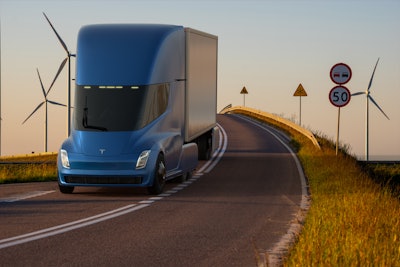
Electric cars and passenger trucks will save their owners thousands of dollars over the next decade, and the network of chargers for electric vehicles will expand dramatically, according to two new reports from Environmental Defense Fund and WSP.
“The transportation sector is the largest source of climate pollution in the U.S. as well as a main source of other pollution, like particulate matter and smog-forming emissions, that puts people’s lives and health at risk,” says Alice Henderson, director of Transportation and Clean Air Policy for EDF. “EPA’s proposed standards for new cars and passenger trucks are accelerating lower cost options and more choices for consumers while eliminating dangerous tailpipe pollution.”
From Environmental Defense Fund:
- All of the studied electric vehicles, when purchased this year, are expected to be the same or less expensive to own and operate over their lifetime than the comparison gasoline vehicles.
- Electric vehicles will provide lifetime cost savings of up to $18,440. Those savings will increase over time as battery prices continue to fall and production increases.
- Electric vehicles currently have higher upfront purchase costs and insurance costs, but are more than offset by fuel and maintenance cost savings. The upfront costs of new electric vehicles are also rapidly falling as battery costs fall, innovations advance, and more models are introduced for consumers to choose from.
- Since 2021, almost $22 billion in investments in chargers have been announced. That money will deploy more than 800,000 new charging ports by 2030.
- Over the course of this decade, investments announced since the passage of the Inflation Reduction Act will result in the deployment of almost five times as many chargers as we have now.
- The United States will have 70% of all the public chargers it needs by 2030 from just existing and already announced deployment
- Concrete plans to deploy electric vehicle charging stations have already been announced by federal and state governments, retailers, auto manufacturers, toll road operators, utilities, truck stop operators, service station operators and fleet owners. These deployments will result in a nationwide expansion of our charging network, in all states and in both urban and rural communities.




















